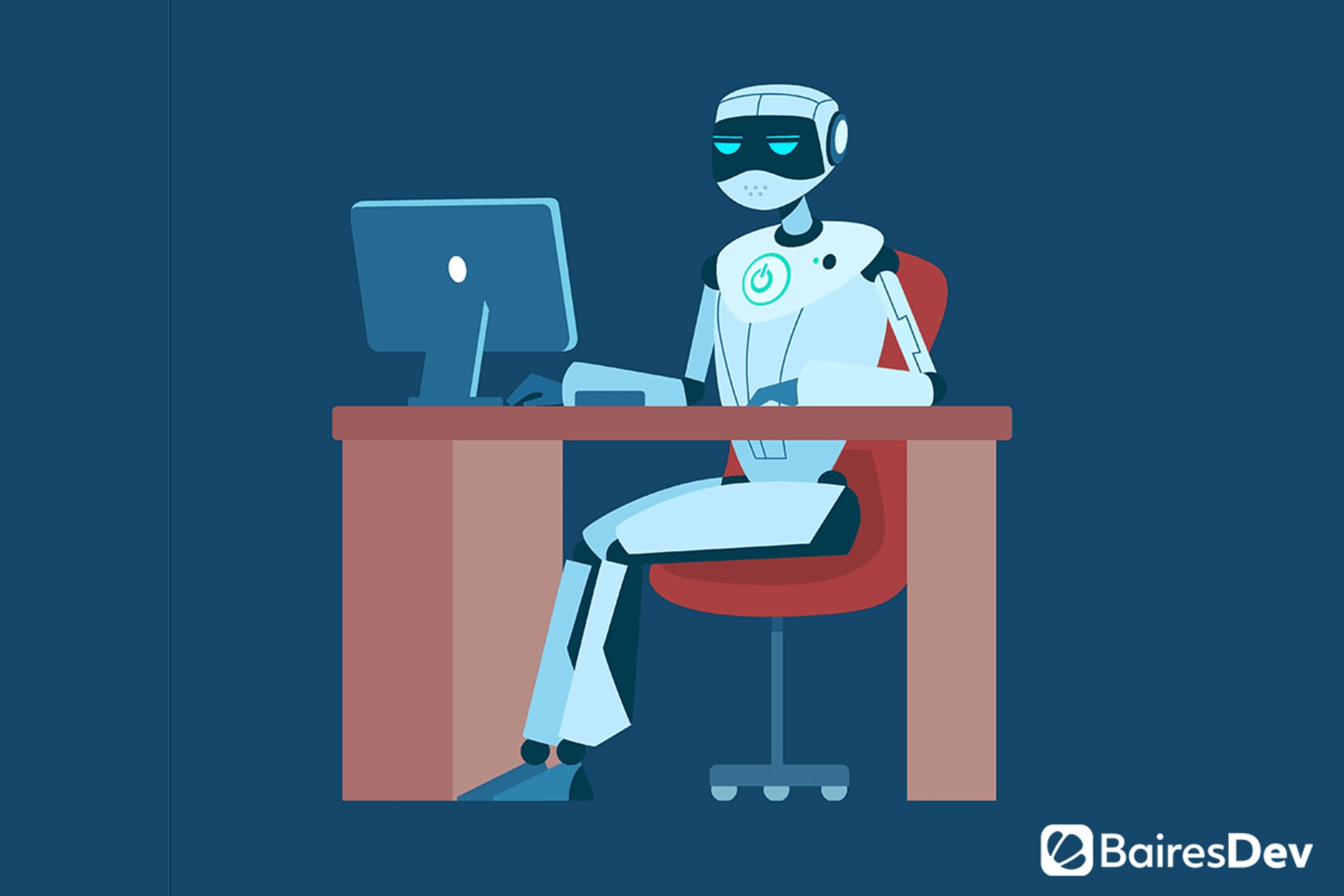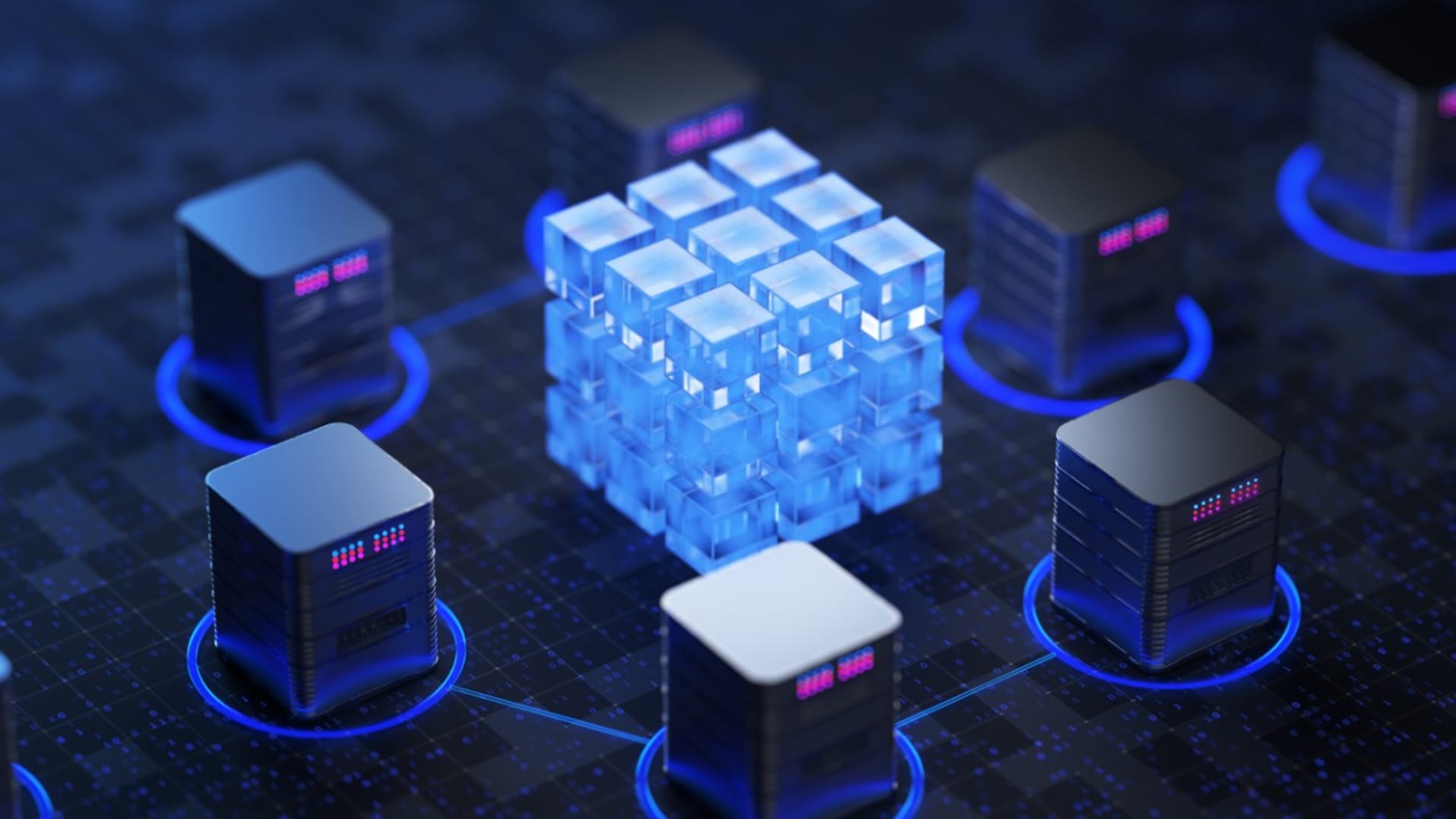Software development is constantly evolving and will continue to do so in the coming months. Technological and societal needs are driving many of the changes we’re likely to see. For example, the need for a secure way to execute contracts is pushing blockchain to the next level, while new uses for artificial intelligence (AI) are forcing the industry to become more concerned about “ethical AI.”
Many companies are embracing digital acceleration, and software development advancements from companies like BairesDev will help them conceive of new ways to drive their operations forward to benefit customers, society, and their own bottom lines. No one has a crystal ball to determine exactly what the landscape will look like in 2024, but the predictions below are probably based on current trends.
#1 Emphasis on Cloud
The year 2022 demonstrated the need for cloud services to scale either up or down when needed. While some industries thrived during the COVID-19 pandemic, others (such as tourism) saw a sharp drop in demand. Companies with cloud-based platforms avoided having to pay for data center services they didn’t need. So, many more companies are likely to move their operations to the cloud in 2024.
#2 Growing Use of Blockchain
While blockchain technology is well-known for its role in cryptocurrency, it has other uses as well, all of which help prevent fraud in sensitive transactions. Some functions are likely to increase in 2024, including use within smart contract platforms. The following video explains what smart contracts are and how they’re used:
#3 Evolution of AI
AI is expected to gain traction in 2024 as well, given that companies with AI-driven capabilities are likely to succeed. The area of Natural Language Processing (NLP), which enables computers to write text and software programs, is of particular interest. And awareness of ethical AI — that is, ensuring software engineers program machines to “do the right thing” — is likely to rise as computers start to take over additional human functions.
#4 A Surge in Low-Code/No-Code Development
The need for software engineers has outpaced their availability, making low-code/no-code (LCNC) programming a must for businesses that require the ability to move forward easily with new initiatives. This type of software enables those with no development training to create databases and other applications to support agile operations. This ability is becoming more commonplace and will grow in 2024 and beyond.
#5 The Ascendancy of Python and JavaScript
Programming languages that are easy to learn and use are becoming more popular, which is why Python and JavaScript are likely to remain in demand in 2024. Python is used extensively in data sciences and in a number of other fields as well, while JavaScript remains the most popular language generally, especially for development beginners.
#6 Progress in Use of Modern Languages
Modern development languages are also poised to meet the demands of today’s software engineers. Those like Rust, Go, and Kotlin are becoming more popular because of features like type inference, null safety, expressiveness, and conciseness. In particular, some experts predict that Rust will make a breakthrough in 2024. Microsoft and Amazon both recently announced significant investments in Rust.
#7 Uptick in Native App Development
Given the proliferation of mobile devices, mobile apps are becoming increasingly important. To create apps with the greatest flexibility and best performance, software development teams working for companies that can afford to do so are opting to use native app development, meaning creating two or more separate versions of an app to work with each major mobile operating system (OS).
#8 Rise in Progressive Web Apps
Progressive web apps (PWAs) reflect the benefits of websites and mobile apps to give users a streamlined experience without companies having to build separate mobile apps for specific OS. They’re built using languages like JavaScript, CSS, and HTML and can operate on any platform that uses a web browser. Because PWAs can enable cost savings while improving customer engagement, their use is likely to increase in 2024.
#9 Expansion of the IoT
The Internet of Things (IoT) is rapidly expanding to include billions of connected devices in many industries, such as healthcare, agriculture, shipping, and manufacturing, contributing to many modern conveniences. Each of these devices requires software to operate it, creating a huge need for software engineers to write it and contribute the security needed to prevent each one from becoming an entry point for hackers within a given system.
#10 Escalation of Edge Computing
Edge computing, which supports the IoT, takes place closer to where data is created. For example, utilities can use edge devices to gather information about equipment and process it nearby, only sending relevant information back to the home office. Software engineers are required to ensure such devices are taking advantage of the computing speed and processing efficiency that they’re capable of, while also being mindful of special security considerations.
#11 Importance of UX
Software development isn’t just about functionality. It’s also about usability. That is, users must be able to easily understand how to operate applications, no matter their size or complexity. User experience (UX) has become a major business driver in recent years and will continue to determine how companies design products and services. Therefore, in 2024 and beyond, engineers will increasingly be required to focus their energies on that realm.
#12 Increased Use of CI and CD
Continuous integration (CI) and continuous delivery (CD) are part of the software development process, with CI ensuring code changes from numerous engineers are integrated into a software project. CD promotes changes in configuration and features, as well as bug fixes, quickly and sustainably. Both processes enable development companies to complete projects more quickly, saving money and increasing efficiency, all of which are key in 2024.
2024 Will Be a Big Year in Software Development
With all these developments, the coming year will see many innovations and ways to continue the use of technology to drive remarkable results. This will be especially true as more companies achieve digital acceleration and start to think differently about how to use technology to meet their financial, societal, and customer care goals.









